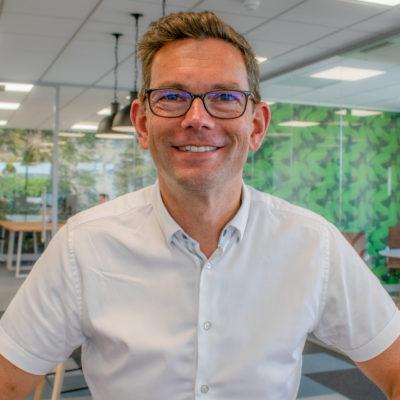In many ways, CureTogether captures the essence of how the Internet is changing healthcare. A startup operating with just 2½ people, born out of one patient’s frustration search for answers, the social network has grown to include over 22,000 patients with 549 conditions since it started in 2008.
Or perhaps ‘social network’ is the wrong term; the truth is, there is little social about CureTogether. ‘Crowdsourcing’ is a better description of what CureTogether does – solving challenges through the collective knowledge or experiences of a crowd.
Alexandra Carmichael, CureTogether’s co-founder and herself a patient living with a chronic pain condition for the past fifteen years, says that the idea for CureTogether was born out of her own experience looking for answers online:
“Doctor after doctor told me they couldn’t find anything wrong. I felt very afraid and alone, and eventually dove into all the research papers available on PubMed to figure out what I might have and how I could ask a doctor to diagnose it and treat me.”
Carmichael’s vision was to create a resource that would provide answers to people living with medical conditions, based on quantitative information from the experiences of other patients. “As a scientist, I wanted it to be quantitative — how many people felt better on this treatment vs. that one? The disease forums were good for general support, but I wanted evidence-based answers.”
Patients complete a survey about their medical conditions, sharing
their experiences of symptoms, treatments and causes
Patient-led evidence development
CureTogether is an example that illustrates how healthcare engagement is changing: not only empowering patients to share experiences with each other, but to develop their own evidence base. It is different from many other patient communities based on social networking, in that every member of CureTogether is anonymous. Their experiences are shared simply as data. As Carmichael says, “We keep individual patient data completely private. So there’s not a lot of social, story-sharing on the site – it’s all anonymous and data-driven.”
Users can instantly see what treatments have worked for others
This approach means that CureTogether is built around a very simple process: share your own experience by answering a questionnaire about your medical conditions, and compare this experience with data shared by others.
“We are addressing a need for people to share health information with each other in a structured way, and generating new knowledge from it. An example is our recent discovery of a biomarker for migraine”, says Carmichael. At the start of 2011, CureTogether published research based on statistical analysis of patient data, describing the discovery of a symptom-biomarker that predicts a 4.2x greater risk of migraine patients having a negative drug reaction. This kind of crowdsourced approach to medical research will at the very least stimulate some healthy discussion, and has the potential to have a significant impact on the relationships between patients, prescribers and pharmaceutical companies.
In some medical conditions, individual treatments are mapped for effectiveness vs popularity
Feeling connected
Despite the lack of ‘social networking’ elements to CureTogether, it certainly plays a role in removing a sense of loneliness that Carmichael herself experienced while she was looking for answers. Patients are able to privately contact anonymous others who suffer the same combination of conditions that they do, and exchange experiences.
Feedback received by CureTogether from members includes patients who have said “I thought I was the only one with these kinds of symptoms” and “I feel connected to people who are suffering from the same symptoms as myself. You have made me feel empowered…”
“When we get wonderful quotes like these, I feel like we are definitely achieving our vision”, says Carmichael. “Now the challenge will be to reach as many people as possible.”
CureTogether, for applying the power of crowdsourcing to real-time research that touches patients, we award you the Healthcare Engagement Strategy 2011 Emerging Star of Healthcare Engagement Award.
Next:
Read about other winners of the Healthcare Engagement Strategy Awards 2011.
Contact Creation Healthcare to discuss your views and find out how their insights into healthcare engagement can help you achieve better health outcomes.
 By Daniel Ghinn
By Daniel Ghinn 

